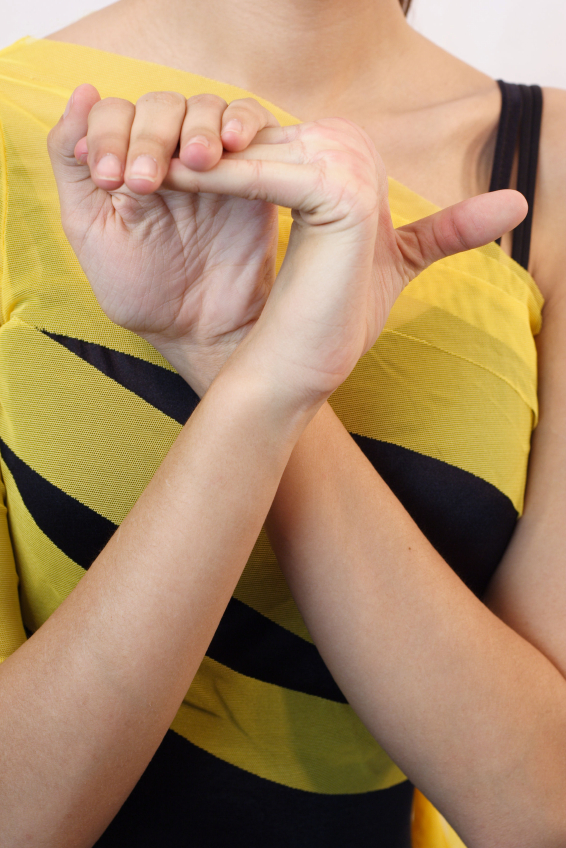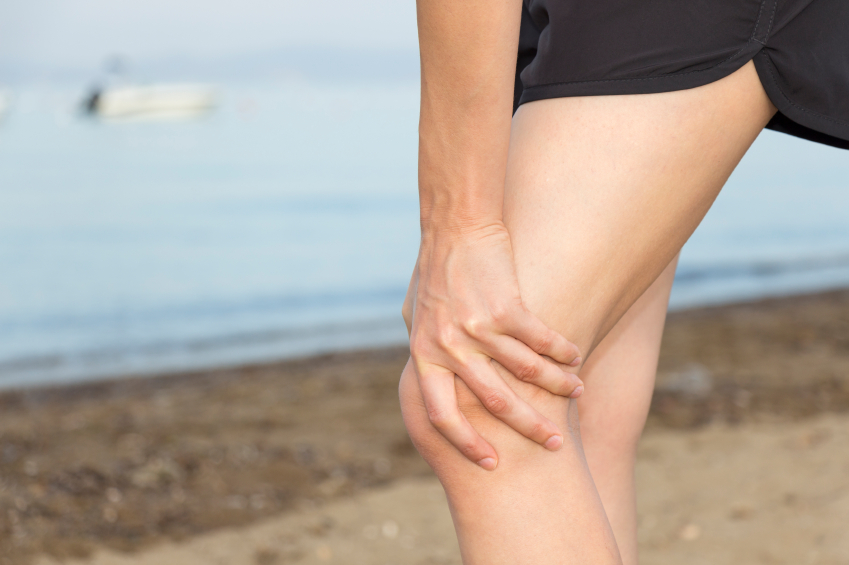
Even children can benefit from the installation of a stairlift if they have a condition known as joint hyper-mobility. Although many people associate the use of stairlifts with the elderly. But it isn’t always the case. Anyone who has mobility issues can benefit from using a stairlift, and there’s no age limit on how old you have to be to get one.
In fact, there are cases in which children can benefit from the installation of a stairlift in their home. One condition that can cause mobility issues in children is joint hyper-mobility. This is a hereditary condition that can make it incredibly difficult for children to move their joints normally.
What Is It?
If an individual has been diagnosed with joint hyper-mobility, it means that several of their joints have a wider range of movement and are much more flexible than others.
It is a common occurrence, and can often be found in many children, especially ballet dancers and gymnasts who can find benefit in the greater flexibility of their joints within their routines.

However, other individuals may have other, less comfortable symptoms which make it hard for them to move around normally.
What Are the Symptoms of Joint Hyper-mobility
If you can touch your thumb to your forearm with ease, or extend your elbow joint so that it forms a backward angle, you may have hyper-mobile joints.
However, as we have just mentioned, many people who have such flexible joints can also experience some incredibly unpleasant symptoms, including:
- Clicking of the joints
- Extreme fatigue
- Stiffness and pain in the joints
- Joints that slip in and out of their sockets easily
- Thin skin
- Recurrent joint injuries such as sprains
These symptoms can sometimes make movement hard or painful for the individual with hyper-mobile joints. This is why mobility aids are used in more severe, painful cases.
Some symptoms aren’t even joint related. There are cases in which an individual’s digestive system has been affected, due to the muscles that pass food through the system becoming weak.
What Are the Causes?
According to the NHS, Joint hyper-mobility has four factors that can contribute to its presence in an individual. These are:
- The structure of the collagen, which is a protein found in some of the tissues in your body.
- The shape of the ends of your bones
- The muscle tone that you have
- How you sense the position and movement of your joints, known medically as proprioception.
There are also some hereditary conditions which parents can pass onto their children through their genes. These can include:
- Ehlers-Danlos symdrome
- Marfan syndrome and
- Osteogenesis Imperfecta
Although these conditions are rare, it is always recommended that you have your child checked out by your doctor to rule them out if you are worried about their joint mobility.

There are ways in which some of the symptoms can be relieved, and the NHS Choices page on the condition lists some of them that you can try at home, such as the application of heat to soothe your sore joints and sticking to low impact exercise to reduce the strain on them.
No matter what mobility issue you may have or what age you are, if you need the assistance to move around your home, then don’t hesitate to contact us here at ALS Stairlifts. We have a wide variety of stairlifts for sale which are ready to help you move around your home safely and effectively.
Call our expert team today on 0800 046 3438 and we will be delighted to provide you with friendly, professional advice on any of our products.
Read our other condition spotlights:

